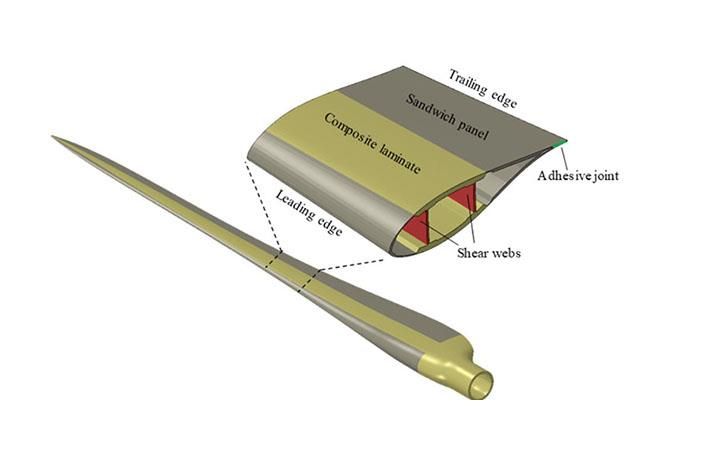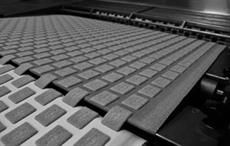A team of scientists from DTU Wind Energy has come out with an integrated and efficient approach to assess the structural performance of the critical region of rotor blades and showed its efficacy. Wind turbine blades are long beam structures with airfoil-shaped hollow cross sections. They are subject to tremendous loads from winds, gravity and inertia.
Fibre-reinforced composite materials are used to build the rotor blades due to the superior material strength-to-weight ratio. Nevertheless, structural damages occur in the blades and interfere the continuous operation of wind turbines.A team of scientists from DTU Wind Energy has come out with an integrated and efficient approach to assess the structural performance of the critical region of rotor blades and showed its efficacy. Wind turbine blades are long beam structures with airfoil-shaped hollow cross sections. They are subject to tremendous loads from winds, gravity and inertia.#
Among the many different types of damage found in the blades, the trailing edge failure is one of the more common ones, because the trailing edge region is prone to structural instability like buckling, says Kim Branner, senior researcher and the head of team at DTU Wind Energy. “We are a team of researchers at DTU Wind Energy, who has developed and demonstrated an integrated and efficient approach to evaluate the structural performance of a critical region of rotor blades. We combine advanced subcomponent testing and high-fidelity numerical modeling to discover what dominates the structural strength of the trailing edge region of rotor blades.”
Based on understanding of the underlying failure mechanisms, a simple yet efficient method is proposed to strengthen the critical trailing edge region, explains Kim Branner. “This makes it possible to design more reliable and cost-effective composite blades in a highly efficient way.”
The research has been published in Composite Structures. The research is also featured by Advances in Engineering as the latest scientific discoveries with research excellence in the area of mechanical engineering.
The work is partly supported by the ReliaBlade project funded by the Danish Energy Technology Development and Demonstration Programme (EUDP). (SV)
Fibre2Fashion News Desk – India


